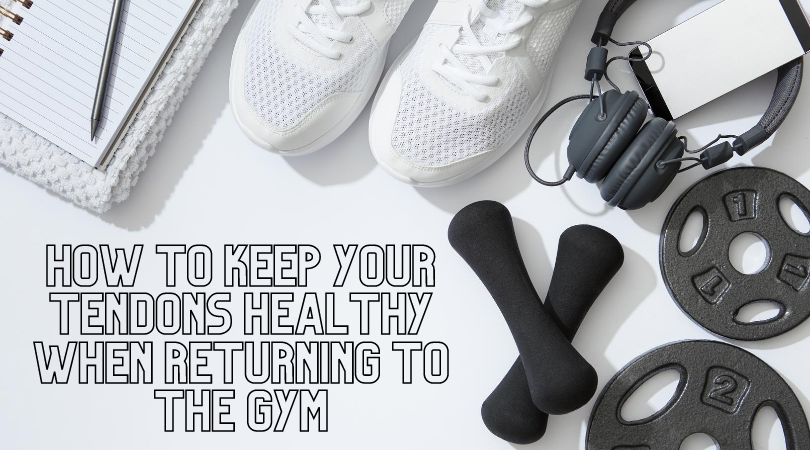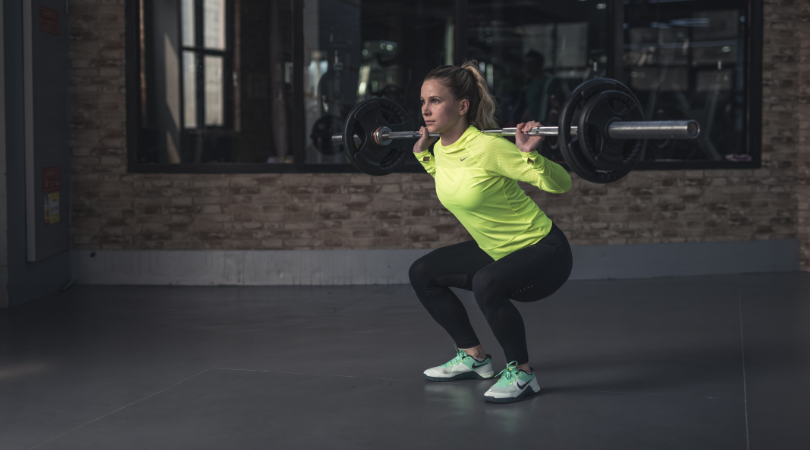How to keep your tendons healthy when returning to the gym

Hopefully by now you can recognize the importance of strength training. In fact, all runners should be doing some form of strength work throughout their training to improve their performance. But there might be situations that require extended time off your gym work. For example, going on holidays or spending all of your time running at the pointy end of a race preparation. However, in these instances you will need to eventually return to strength training. So today we will cover how to safely transition back into the gym while keeping healthy tendons. These are the elements you need to consider.
Be mindful of the weight

This might be the most obvious variable for healthy tendons but increasing the weight on exercises such as calf raises, squats & lunges could increase your risk of injury. If you have not loaded up your legs in weeks or months, start conservatively and build back up over the course of 2-3 weeks. My advice for your first session back is 70% of the weight you were lifting previously. Every subsequent week add 10% until you are back to 100%. Individual circumstance may lead to different advice & the presence of injury may change dosages and time frames.
Consider the range of movement on your tendons
This refers to structures like the hamstring tendon, achilles and plantar fascia. It might take some time for the tendon to get back to tolerating heavier load through full range of movement. At the end of your range, the tendon will undergo ‘compression’ which is a component that could to tendinopathy if you are not careful. So, during exercises like deadlifts, squats, calf raises on a step & weighted step ups, spending 2-3 weeks at 75-80% range of movement will keep your tendons in a safer zone before you slowly introduce full range.
Speed & tempo of the exercise
This can be relevant to weighted exercises or rapid body weight exercises for example box jumps and plyo lunges. A tendon might be happy with a certain weight and rep range during a slow deadlift but can quickly become unhappy if speed has increased. Therefore, the demands on the tendons skyrocket when speed is introduced to a certain exercise. Keep this in mind and over the first few weeks of your workout, keep good technique and slow down.

You may need to be more careful or conservative if managing an injury or have a long history of tendon complaints. On a positive note, all runners should be strength training. It has been shown to improve performance and help with running economy no matter what distance you are training for.
Relevant Blog posts
- How to strengthen your calves for running?
- Tendon pain: The top 3 tips all runners should know
- How to do running strength exercises without leaving the house
